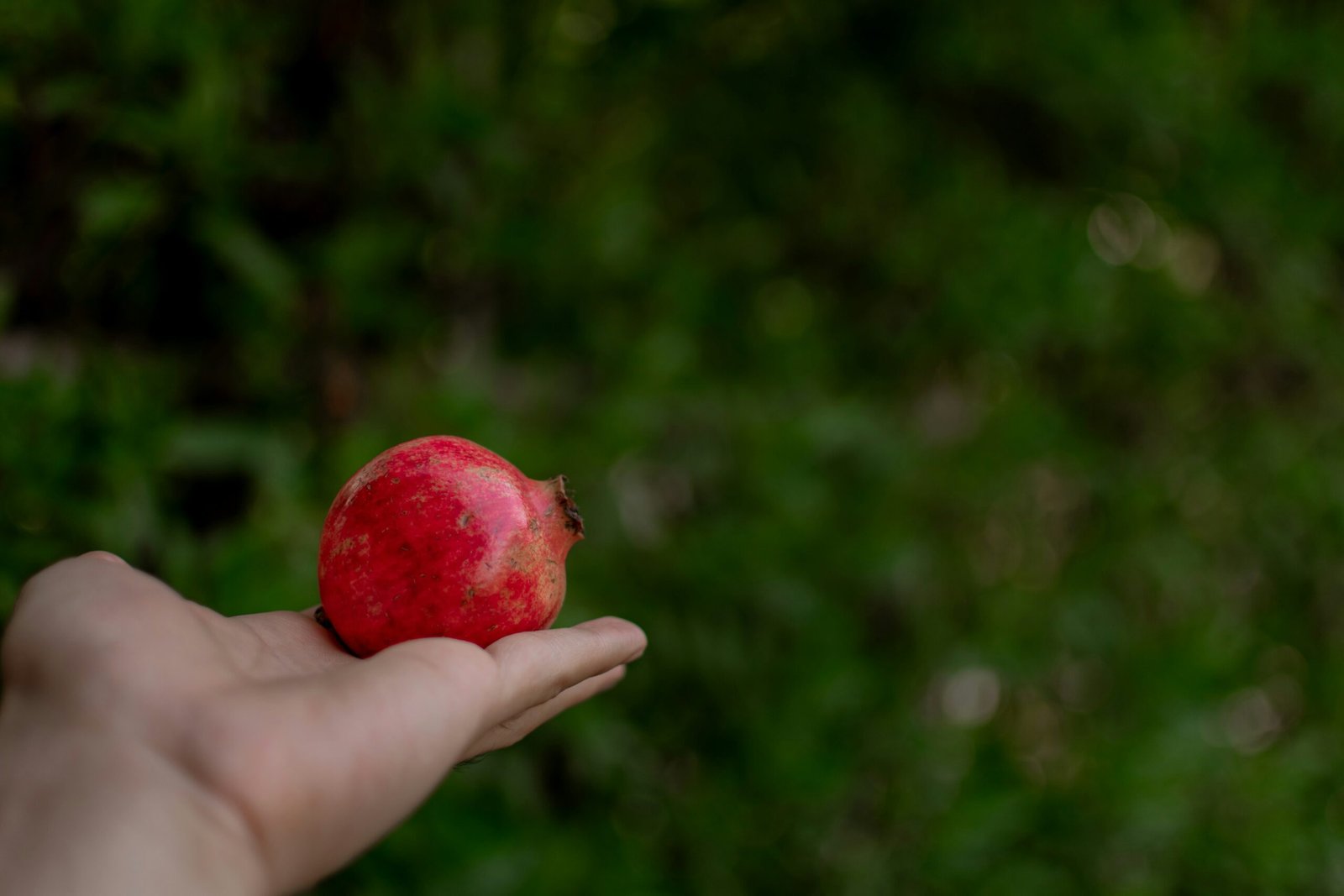Why We’re Saying Goodbye to Red-40, Red-3 and Other Artificial Food Dyes
As parents, we strive to make the best decisions for our families—whether it’s choosing the right foods, managing our time, or creating a healthy home environment. When it comes to the food we put on the table, we want to ensure that we’re nourishing our bodies with the very best ingredients. But lately, it’s been hard to ignore the hidden ingredients in so many processed foods: artificial food dyes.
Red-40 (also known as Allura Red) has been one of the most widely used food dyes in the U.S. for decades, adding color to everything from candy to soda to cereal. But recent developments have raised significant concerns about the safety of artificial dyes, and as a family-centered brand, we feel it’s important to share why we’re saying goodbye to Red-40—and why you might want to, too.
The Growing Concern Around Red-40 and Other Artificial Dyes
Artificial dyes like Red-40, Yellow-5, and Blue-1 have long been under scrutiny, especially after studies linked them to potential health risks, including hyperactivity in children, allergic reactions, and even behavioral changes. A recent ban on Red-3, a dye with similar concerns, sheds light on the mounting pressure to reconsider these additives. While Red-40 has not been outright banned, the fact that other synthetic dyes are being restricted or banned in various countries is a sign that there’s something to be concerned about.
The FDA’s Stance and Global Trends
Though the FDA continues to deem artificial dyes like Red-40 safe in regulated amounts, many European countries have banned or heavily restricted their use due to health concerns. For families who are proactive about reducing exposure to harmful chemicals, this growing awareness means taking a second look at the foods we serve our kids.
The good news? You don’t have to rely on synthetic dyes to add color to your family meals. There’s a vibrant, natural alternative to every artificial color on the market.

Why Choose Natural Alternatives?
Here’s the thing: food is meant to be enjoyed—not just for taste but also for its look and feel. A colorful plate can make mealtime more exciting for kids, but artificial dyes come with a downside. It’s time we make the switch to natural food colorings, and here’s why:
- Healthier Choices: Natural food colors come from ingredients like beets, turmeric, spinach, and even butterfly pea flowers, offering a safe, chemical-free way to add color without the risks.
- Nutrient Boost: Many natural colorants add nutrients to your food, like vitamin C from berries or iron from spinach. This is something artificial dyes can’t do.
- Family-Friendly: Natural food colorings are safe for children with sensitivities, and they’re often gentler on the digestive system. Plus, they come without the potential side effects that many families want to avoid.
Our Personal Experience: A Child with Sensitivities
In our family, we have one child who has sensitivities to food dyes, and we’ve seen firsthand how they can affect her. When she consumes foods with artificial dyes, it makes her feel anxious and unsettled—something we’ve become very aware of. Because of this, she’s very vigilant about avoiding food dyes, which we absolutely appreciate. It’s a small act of self-care on her part, and it’s also a reminder for us to be mindful of the ingredients in the foods we serve.
This personal experience has made us even more committed to finding natural alternatives that our whole family can enjoy—without the unwanted side effects of artificial dyes.
The Simple Swap: How to Color Your Food Naturally
Making the switch to natural food colors doesn’t have to be complicated. Here’s how you can start:
- Red/Pink: Use beet juice or strawberries for a vibrant pink or red hue. You can blend fresh beets or buy powdered beetroot for a quick and easy option.
- Yellow: Turmeric or saffron will give you that bright golden hue. A little goes a long way!
- Green: Spinach or matcha are great for adding natural green to frosting, smoothies, or even pancakes.
- Blue: Butterfly pea flowers are your go-to here. They’re not only beautiful but can turn any recipe a stunning blue when brewed into tea.
- Purple: Purple cabbage is a great natural option to add some royal purple color to your cakes or frostings. You can steam it to extract the color or buy powdered purple cabbage.
The Future of Food Colorings: Where We Go From Here
The recent bans and restrictions on artificial dyes point to a future where families can make healthier choices without sacrificing the things they love. Whether it’s birthday cake frosting, colorful smoothies, or festive holiday treats, natural food colorings offer a way to brighten up your meals—without compromising your family’s health.
It’s all about making small, thoughtful changes in the foods we choose for our families. In fact, as we’ve seen time and time again, the simple swaps we make can have a big impact on our health in the long run. Let’s keep our meals vibrant, our kids happy, and our families safe by choosing natural alternatives to artificial food dyes.
Let’s Keep It Real
At Everyday Us Living, we’re all about making real, family-friendly choices that work for our busy lives. Whether you’re planning a holiday feast or just looking for ways to jazz up everyday meals, we’re here to help you make the best, most colorful decisions for your family.
Have you made the switch to natural food colors yet? Share your favorite recipes or tips in the comments below! Let’s start a conversation about bringing more color—and health—into our kitchens!





